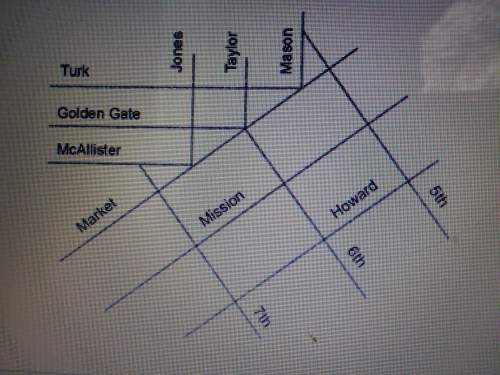
Mathematics, 22.06.2019 04:40 chl75
The discrete random variables x and y take integer values with joint probability distribution given by f (x, y) = a(y−x+1) 0 ≤ x ≤ y ≤ 2 or =0 otherwise, where a is a constant. 1 tabulate the distribution and show that a = 0.1.2 find the marginal distributions of x and y. 3 calculate cov(x, y).4 state, giving a reason, whether x and y are independent. 5 calculate e(y|x = 1).

Answers: 2
Another question on Mathematics

Mathematics, 21.06.2019 19:00
List the sides of δrst in ascending order (shortest to longest) if: m∠r =x+28°, m∠s = 2x+16°, and m∠t = x+12
Answers: 1

Mathematics, 21.06.2019 19:00
Apool measures 12.3 feet by 16.6 feet. if the longer wall of the pool has a diagonal of 17.8 feet, what is the volume of the pool? (round to nearest tenth)
Answers: 1

Mathematics, 21.06.2019 22:10
Erinn wrote the equation –5x + 4y = 32 to represent her hourly wage (y) and how this wage has changed during each year that she worked at a company (x). what is the rate of change in erinn's hourly wage per year?
Answers: 2

Mathematics, 21.06.2019 23:30
Atown has a population of 12000 and grows at 3.5% every year. what will be the population after 7 years, to the nearest whole number?
Answers: 3
You know the right answer?
The discrete random variables x and y take integer values with joint probability distribution given...
Questions

Business, 10.10.2019 22:30

Mathematics, 10.10.2019 22:30






Mathematics, 10.10.2019 22:30


Chemistry, 10.10.2019 22:30




Mathematics, 10.10.2019 22:30


History, 10.10.2019 22:30

Spanish, 10.10.2019 22:30

Mathematics, 10.10.2019 22:30





